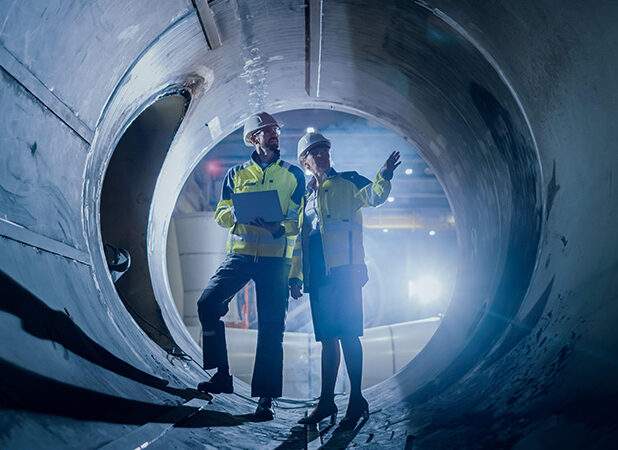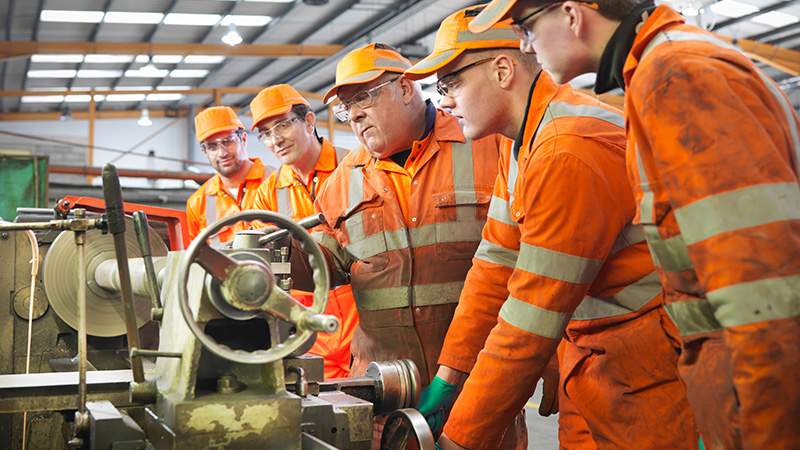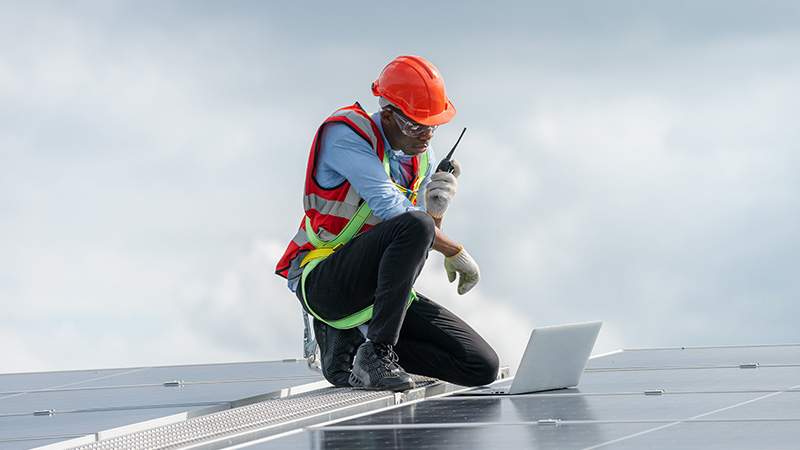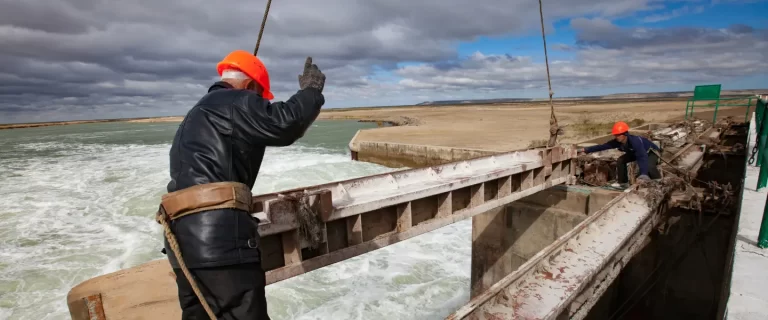What is a power plant?
A power plant is a facility designed to generate electricity. Power plants come in many different forms, and can use a variety of energy sources to generate electricity. Some of the most common types of power plants include fossil fuel power plants, nuclear power plants, and renewable energy power plants.

This diagram shows the traject power goes through from generation to homes.
(Some) types of power plants
Fossil fuel power plants are the most common type of power plant and rely on burning coal, oil, or natural gas to produce steam that drives turbines to generate electricity. These power plants produce a significant amount of greenhouse gases, contributing to climate change and air pollution.
Nuclear power plants use nuclear reactions to produce heat, which is then used to generate electricity. Nuclear power plants have the advantage of producing large amounts of electricity without producing greenhouse gases, but they also come with risks, such as the potential for nuclear accidents and the disposal of radioactive waste.
Renewable energy power plants use renewable energy sources, such as solar, wind, hydro, and geothermal, to generate electricity. These power plants are considered more environmentally friendly than fossil fuel power plants, as they do not produce greenhouse gases or contribute to climate change.
How does a power plant work?
Regardless of the type of power plant, the basic process of generating electricity is similar. The energy source is used to heat water, which produces steam that drives turbines. The turbines, in turn, generate electricity that is then sent to the power grid for distribution to customers.
Power plants play a crucial role in meeting the energy needs of society. As demand for electricity continues to increase, there is a growing need for cleaner and more sustainable sources of energy. While power plants have historically relied on fossil fuels, there is a shift towards renewable energy sources as the world works to combat climate change and transition to a low-carbon future.
Conclusion
In conclusion, power plants are facilities that play a crucial role in generating electricity to meet the energy needs of society. They come in many different forms and use a variety of energy sources, with the trend towards renewable energy sources growing in recent years. As the world continues to transition towards a low-carbon future, the development and implementation of clean and sustainable energy sources will be of utmost importance.
Frequently asked questions
What are the different types of power plants?
Power plants can be classified into several types based on the source of energy they use. Some of the most common types include fossil fuel power plants, nuclear power plants, and renewable energy power plants.
What is the process of generating electricity in a power plant?
The process of generating electricity in a power plant involves converting an energy source, such as fossil fuels, nuclear reactions, or renewable energy sources, into a usable form, such as steam. The steam then drives turbines that generate electricity, which is transmitted over power grids for distribution to homes and businesses.
Why is there a shift towards renewable energy sources for power generation?
There is a growing shift towards renewable energy sources for power generation due to concerns over climate change and the need to transition towards a low-carbon future. Renewable energy sources are considered more sustainable and environmentally friendly compared to fossil fuel and nuclear energy sources, which produce greenhouse gases and pose risks such as nuclear accidents and radioactive waste disposal.






